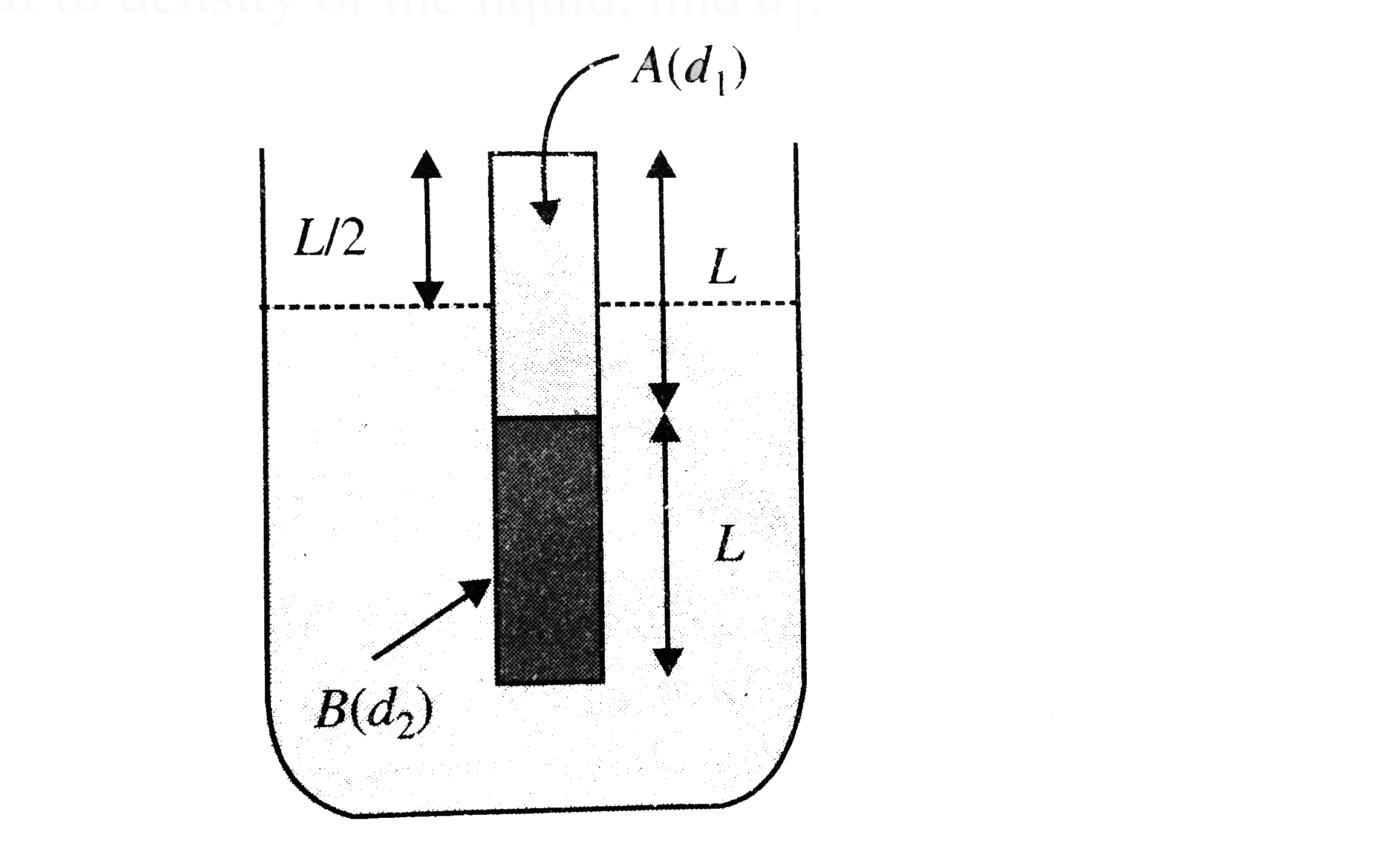Difference in density is the basis of
Ultrafiltration
Molecular sieving
Gravity separation
Molecular attraction
The correct Answer is:C
To solve the question "Difference in density is the basis of," we will analyze the options provided and determine which one is primarily based on the principle of density differences.
1. Understanding the Options:
- The options given are: ultrafiltration, molecular sieving, gravity separation, and molecular attraction.
- We need to identify which of these processes relies on the difference in density.
2. Analyzing Gravity Separation:
- Gravity separation, also known as hydraulic washing, is a method that separates particles based on their specific gravity.
- In this process, powdered ore is washed over an inclined surface with water flowing through it.
- The heavier particles (ore) settle down due to gravity, while the lighter particles (gangue or impurities) are washed away.
3. Examining Ultrafiltration:
- Ultrafiltration involves passing a liquid through a semi-permeable membrane.
- This process separates particles based on size rather than density. Heavier solutes remain on one side of the membrane, but this is not primarily based on density.
4. Considering Molecular Sieving:
- Molecular sieving uses materials with uniform pore sizes to separate particles based on size.
- Similar to ultrafiltration, this method does not primarily rely on density differences but rather on the size of the molecules.
5. Looking at Molecular Attraction:
- Molecular attraction refers to the forces between charged particles (positive and negative).
- This method does not involve density differences but rather electrostatic forces.
6. Conclusion:
- The only process among the given options that is based on the difference in density is gravity separation.
- Therefore, the answer to the question is gravity separation.
Final Answer:
Difference in density is the basis of gravity separation.
- The options given are: ultrafiltration, molecular sieving, gravity separation, and molecular attraction.
- We need to identify which of these processes relies on the difference in density.
- Gravity separation, also known as hydraulic washing, is a method that separates particles based on their specific gravity.
- In this process, powdered ore is washed over an inclined surface with water flowing through it.
- The heavier particles (ore) settle down due to gravity, while the lighter particles (gangue or impurities) are washed away.
- Ultrafiltration involves passing a liquid through a semi-permeable membrane.
- This process separates particles based on size rather than density. Heavier solutes remain on one side of the membrane, but this is not primarily based on density.
- Molecular sieving uses materials with uniform pore sizes to separate particles based on size.
- Similar to ultrafiltration, this method does not primarily rely on density differences but rather on the size of the molecules.
- Molecular attraction refers to the forces between charged particles (positive and negative).
- This method does not involve density differences but rather electrostatic forces.
- The only process among the given options that is based on the difference in density is gravity separation.
- Therefore, the answer to the question is gravity separation.
Difference in density is the basis of gravity separation.
Similar Questions
Knowledge Check
The difference in the densities of low density polymer (LDP) and high density polymers (HDP) is due to the fact that
Aa. LDP are highly branched structures while HDP consists of closely packed linear moleculesBb. LDP are linear chains while HDP are branched chains of polytheneCc. both LDP and HDP are unbranched linear chains with different lengthsDd. at high temperature , the density of polymer is reduced .
In the arrangement as shown, A and B arc two cylinders each of length L and density d1 and d2(d1<d2) respectively. They are joined together and submerged in the liquid of density d with length L/2 of A outside the liquid. If the difference in densities of two cylinders is equal to density of the liquid, find d1.

View SolutionIn the arrangement as shown, A and B arc two cylinders each of length L and density d1 and d2(d1<d2) respectively. They are joined together and submerged in the liquid of density d with length L/2 of A outside the liquid. If the difference in densities of two cylinders is equal to density of the liquid, find d1.

View SolutionDrawin finches differ with each other on the basis of :
View SolutionDescribe different types of neurons on the basis of their functions.
View SolutionWhich of the following processes works on the basis of the difference in the boiling points of liquids?
View SolutionDescribe different kinds of flowers on the basis of relative position of floral parts on the thalamus.
View SolutionAssertion : DNA fingerprinting involves identifying differences in specific regions in DNA sequence.
Reason : DNA lingerprinting is the basis of paternity testing.
View Solution

